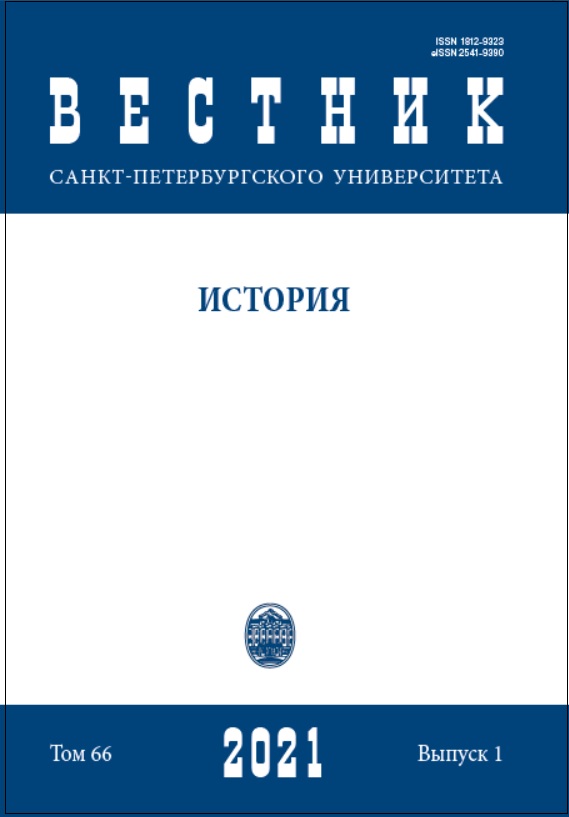Inclusion of the Republic of Korea in the US defense perimeter after the Korean War
DOI:
https://doi.org/10.21638/spbu02.2021.114Abstract
The article describes the formation of a military and political alliance of the United States and the Republic of Korea in 1954. The article aims at defining the motives and priorities of the parties in the American–Korean negotiations held from June to November, 1954 and determining which factors influenced the negotiation outcome. On the whole, the significance of conflict elements in the US–South Korea relations increased in 1953-1954. While the Americans’ goal was to stabilize the situation on the peninsula and create a stable security system in northeast Asia, the priority of the Koreans and their leader Syngman Rhee, the President of the South Korea, was to restore the country’s unity. These priorities were not in line after the failure of the Korean talks at the 1954 Geneva Conference. Being totally dependent on the Americans in the military and economic spheres, Rhee was forced to comply with the armistice and cooperate in the implementation of the US initiatives regarding reunification of the country, which had very little chance of success. In exchange he expected the US–Korea Mutual Defense Treaty to come into force and demanded the implementation of economic and military aid programs. Although the USA made concessions regarding all the points, they managed to create sufficient counterbalance to restrain Syngman Rhee: they established control over the South Korean military forces; assigned broad authority to the Coordinator of aid programs; had considerable armed forces on the territory of Korea. The Republic of Korea was included in the US regional security system on the terms of the Americans.
Keywords:
USA, Republic of Korea, D. Eisenhower, Syngman Rhee, 1954 Geneva Conference, US–Korean relations
Downloads
Downloads
Published
How to Cite
Issue
Section
License
Articles of "Vestnik of Saint Petersburg University. History" are open access distributed under the terms of the License Agreement with Saint Petersburg State University, which permits to the authors unrestricted distribution and self-archiving free of charge.





